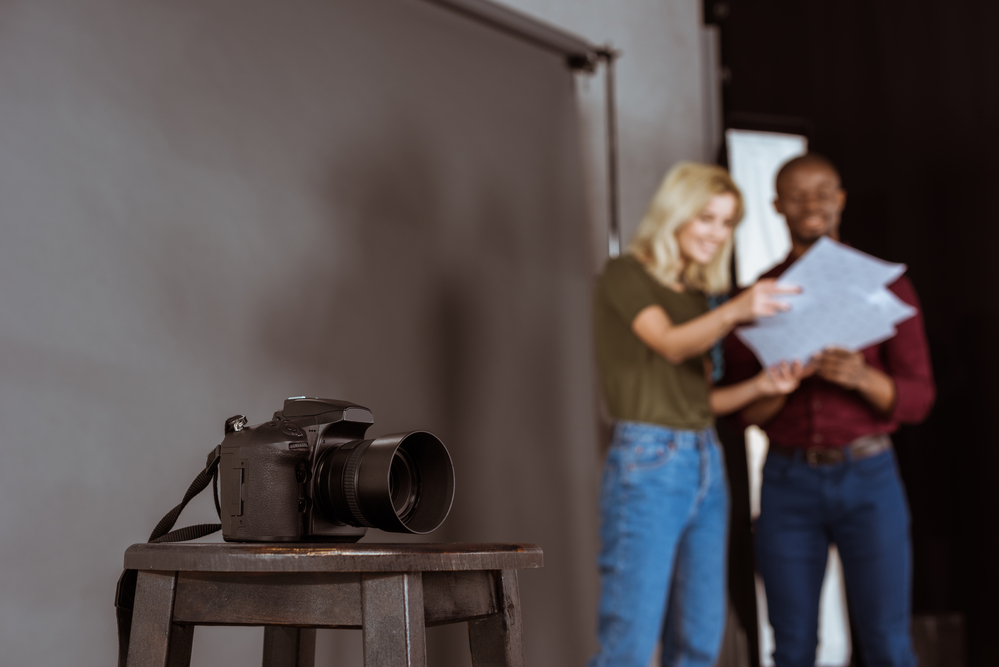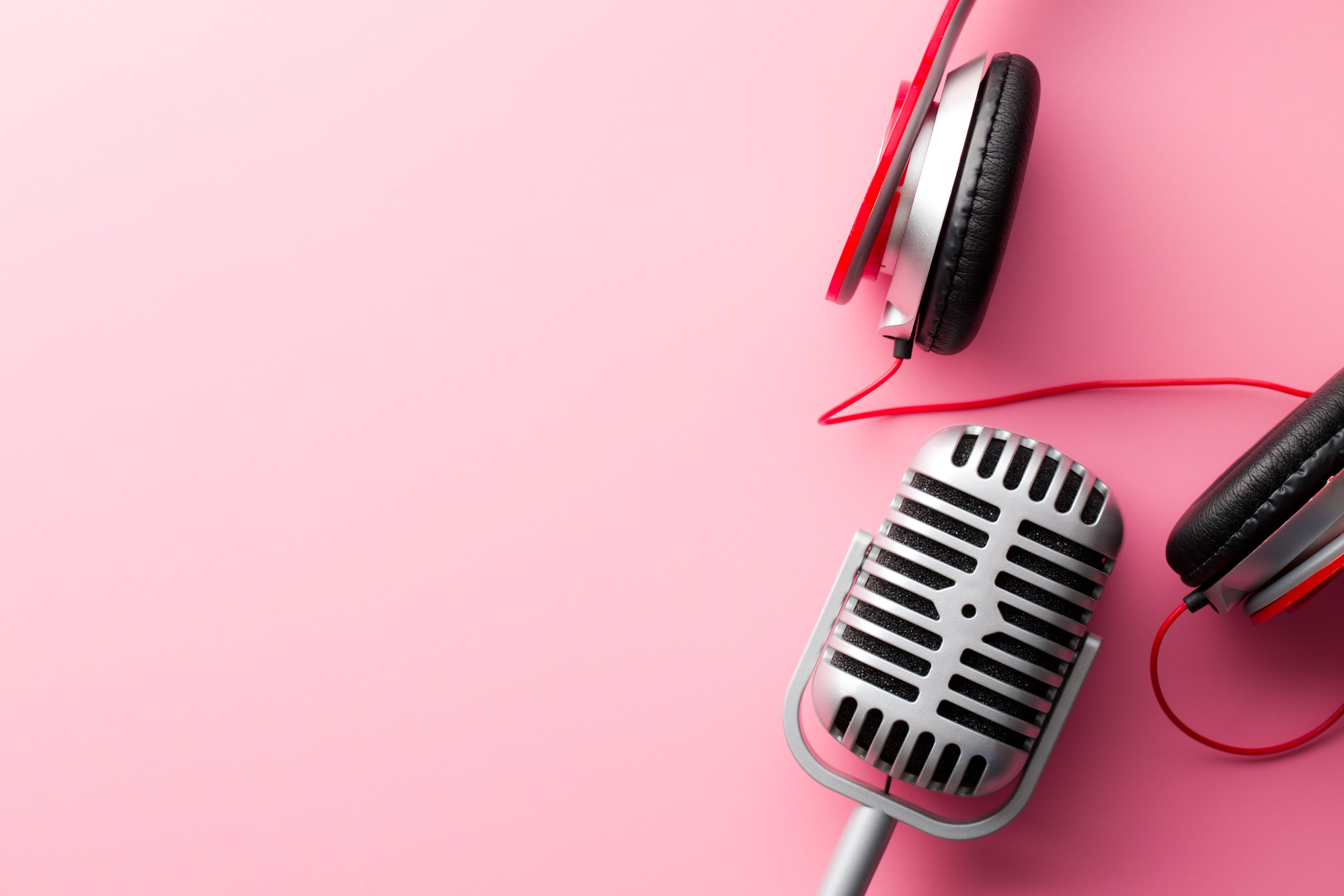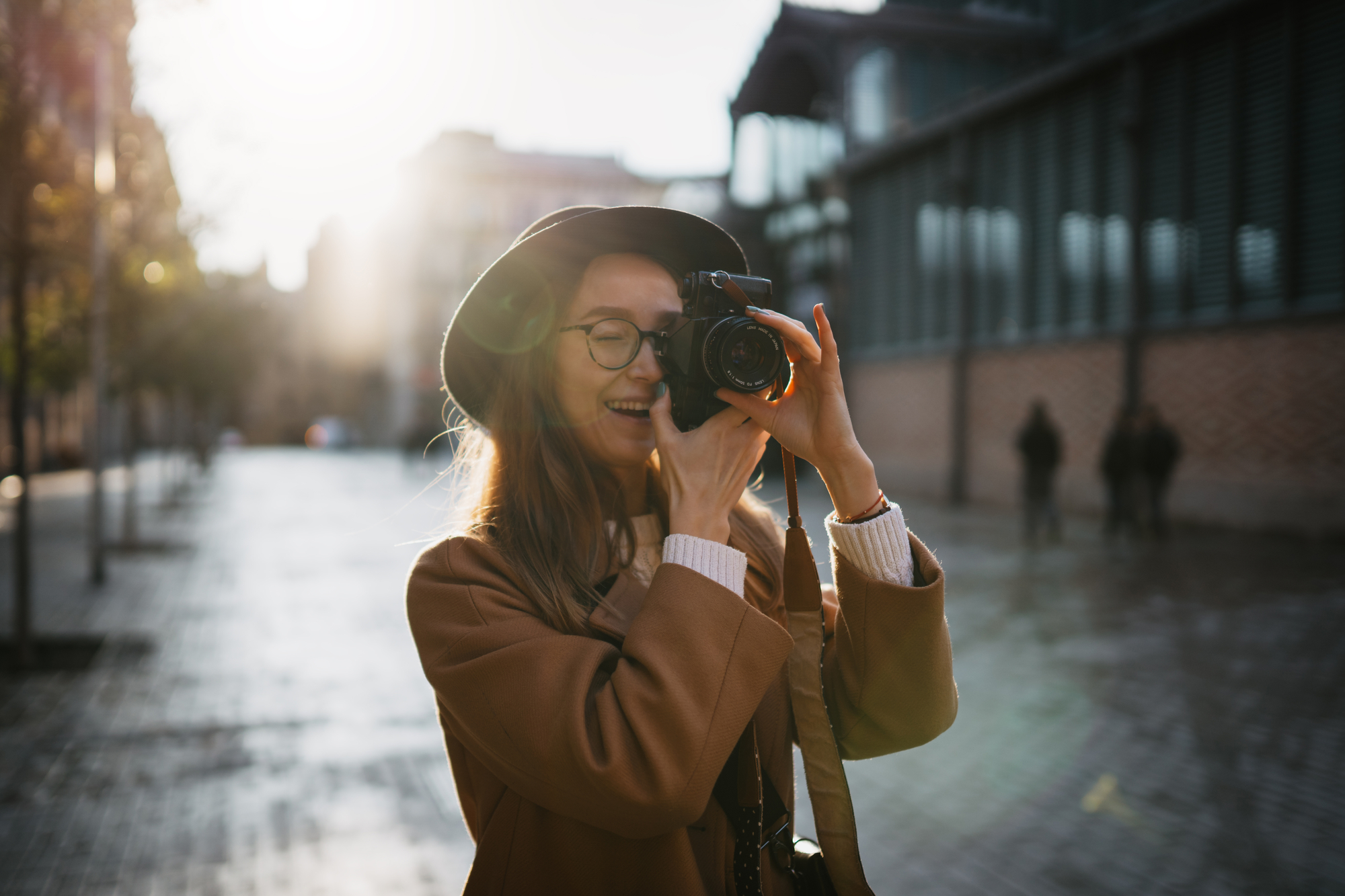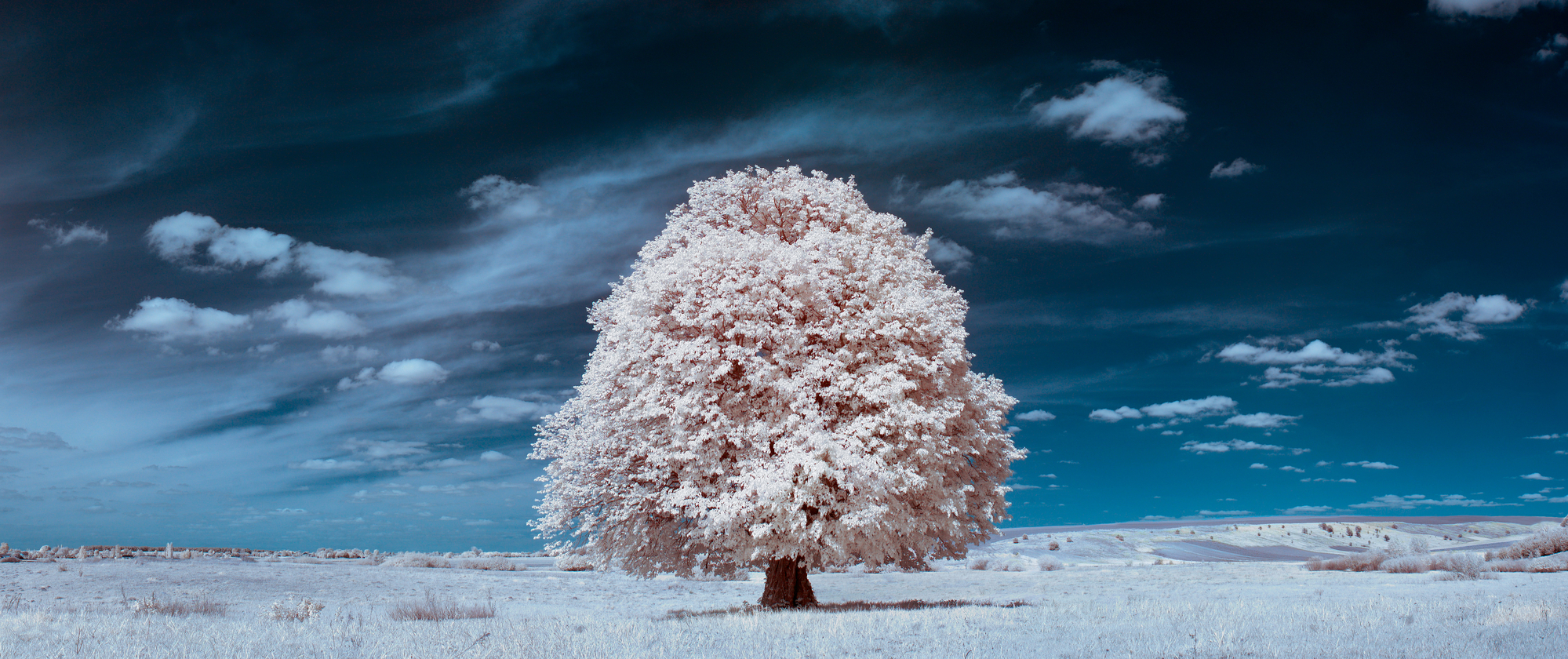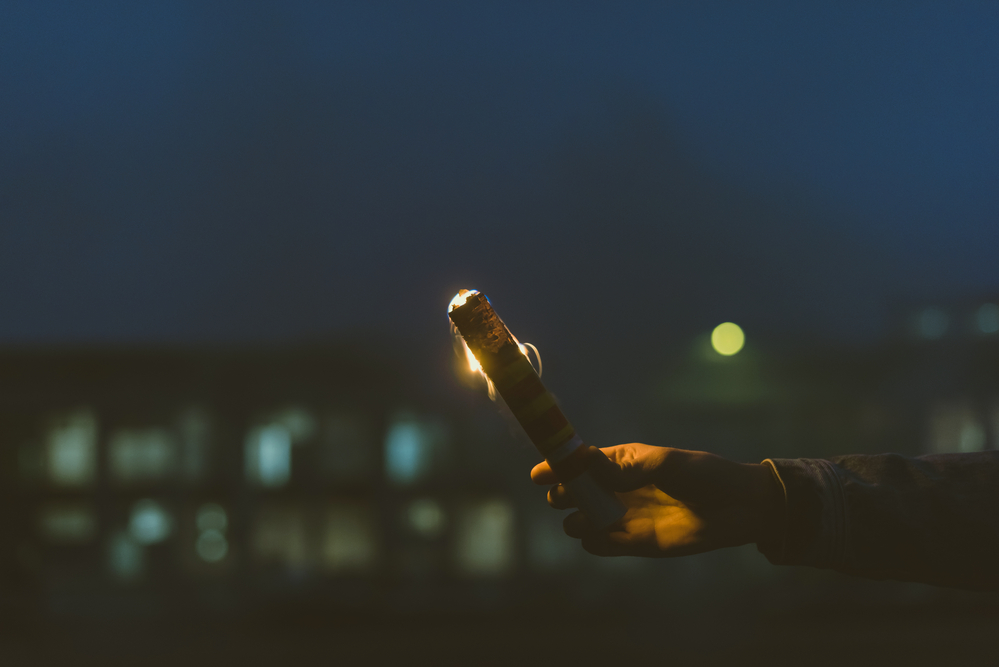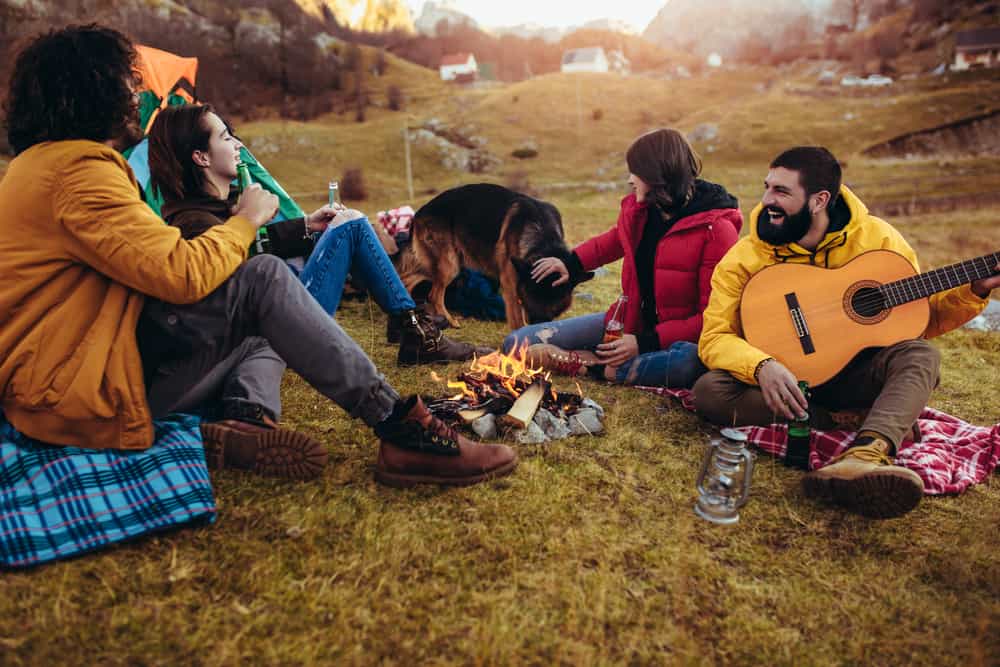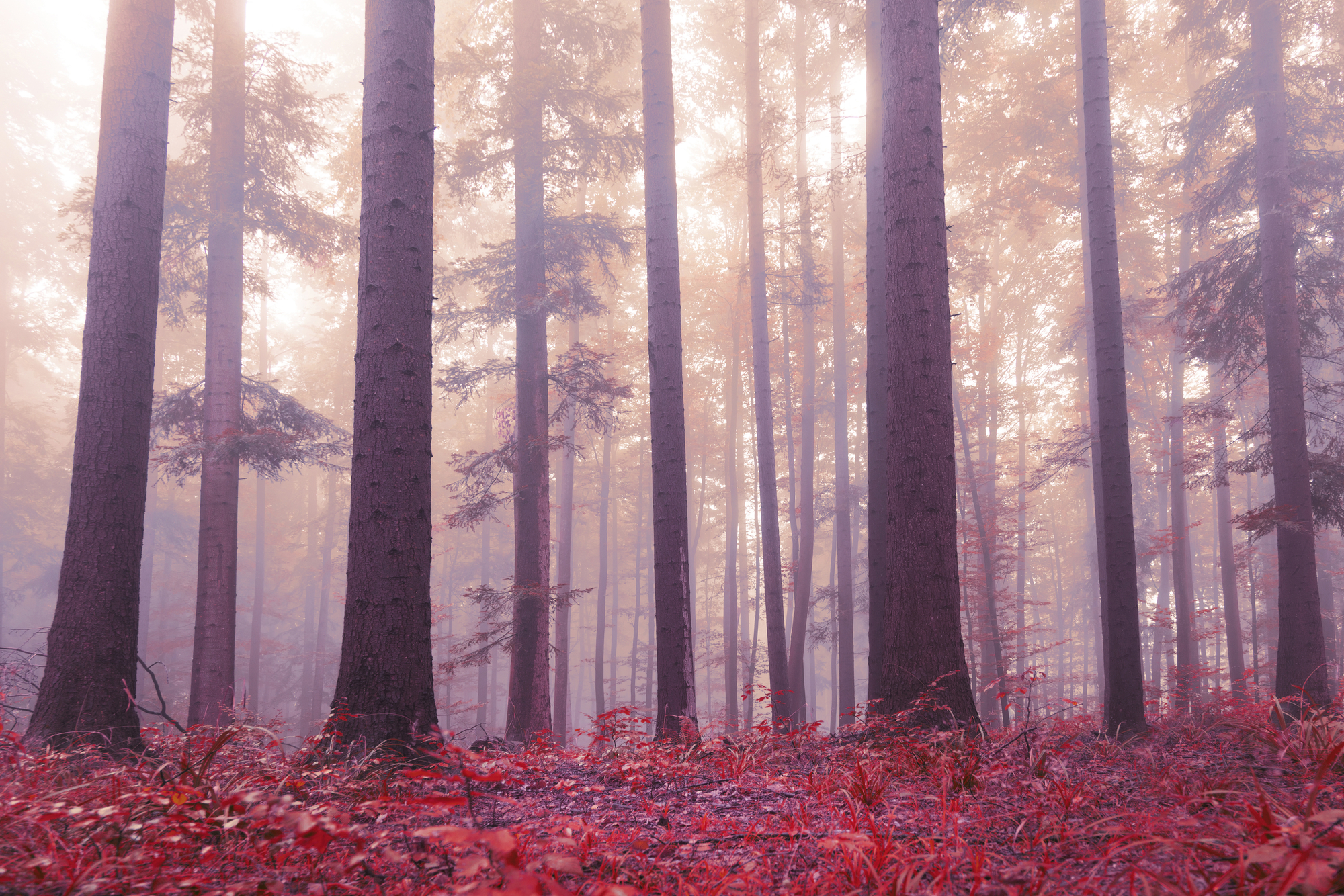As you practice photography, eventually you will start to wonder about extra lighting you can use for your photoshoots. You might have noticed that using your built-in flash often leads to overexposed images; on the contrary, using an external source of light, including flashes and speedlights, gives you more flexibility with lighting in your photos.
This article explains what to keep in mind when you choose a flash for outdoors and on-location photography and which extra tools you need to form a lighting kit. It also gives you an explanation of why lighting for studio and on-location photography requires different approaches, which will help you make your lighting kit more convenient and portable to use on the go.
Why You Need a Lighting Kit in the First Place
Many outdoors photographers opt for natural lighting in most scenarios. That’s not surprising since this type of lighting provides very natural, soft-looking light to your photos. That’s especially true when you shoot on a slightly cloudy day since clouds naturally diffuse harsh direct sunlight and when you organize a photo session during the golden hour and the blue hour.
However, very often your chosen location can lack the right lighting conditions. When you shoot in dim lighting conditions or at night, you can notice that your camera can’t take a shot quickly enough, meaning your shutter speed is slow. Slow or long shutter speeds allow you to capture more light but also result in motion blur, which can work perfectly with landscape photography but might ruin your portrait photoshoot. If you need a fast shutter speed, you will have to change the ISO level and aperture. High ISO results in visible noise within your images, and a wide-open aperture creates a shallow depth of field, meaning your background will be blurred, which is not suitable for some photography genres. To learn more about the exposure triangle, read our recent article.
That is exactly where a traveling lighting kit comes just in handy. Even if you shoot in daylight, sometimes you might want to highlight your subject with extra lighting, and it’s hard to argue that a portable flash is an absolute must for those who plan their photoshoots at night. 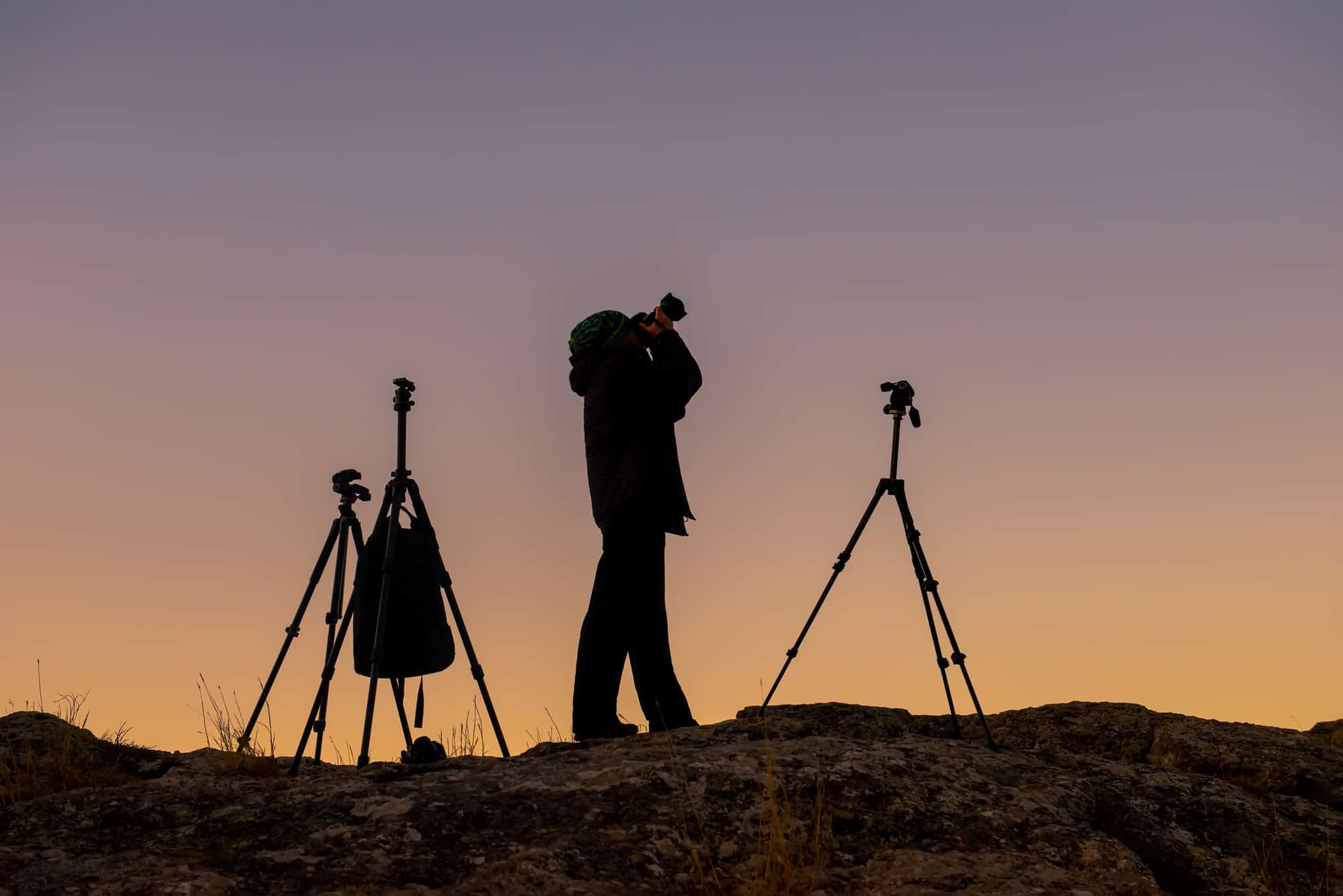
Difference Between Studio and On-location Photoshoots
Studio photoshoots and on-location photography need to be approached differently due to variable technical conditions. With studio lighting, you can opt for very big flashes, heavy stands, and an abundance of large diffusers such as softboxes and umbrellas. That is simply because you set everything in advance and don’t need to lift and move all the gear.
On the contrary, on-location or outdoor photography involves a lot of movement and even action. You have to carry around all your equipment with you as you change locations. If you work alone and don’t have assistants to help you with your gear, heavy equipment might become a real problem for your photography, taking extra time and energy. That is why you should opt for more light-weighted, portable speed lights, and photography accessories if you shoot outdoors on a regular basis.
What to Include in Your Outdoor Lighting Kit
A flash or a speedlight alone is surely helpful for a photographer, but on most occasions, it is not enough. Sometimes you will want to put a flash on a special light stand, and more often, a light diffuser will help you get your exposure right. So this is what you should include in your on-location lighting kit (you can also call it a traveling kit as you carry it with you as you go somewhere to shoot).
Speedlights
Speedlights are more compact than a regular external flash, which makes them a perfect choice for outdoor photography. They don’t weigh too much, so you can get 2 or 3 speedlights and combine them using light stands. Even a single speedlight is very helpful when you shoot outdoors. You can put it on your own camera since most of them have a special place to fix an external speedlight. What’s more, batteries of speedlights are usually rechargeable, so it’s a long-term investment and a money saver. 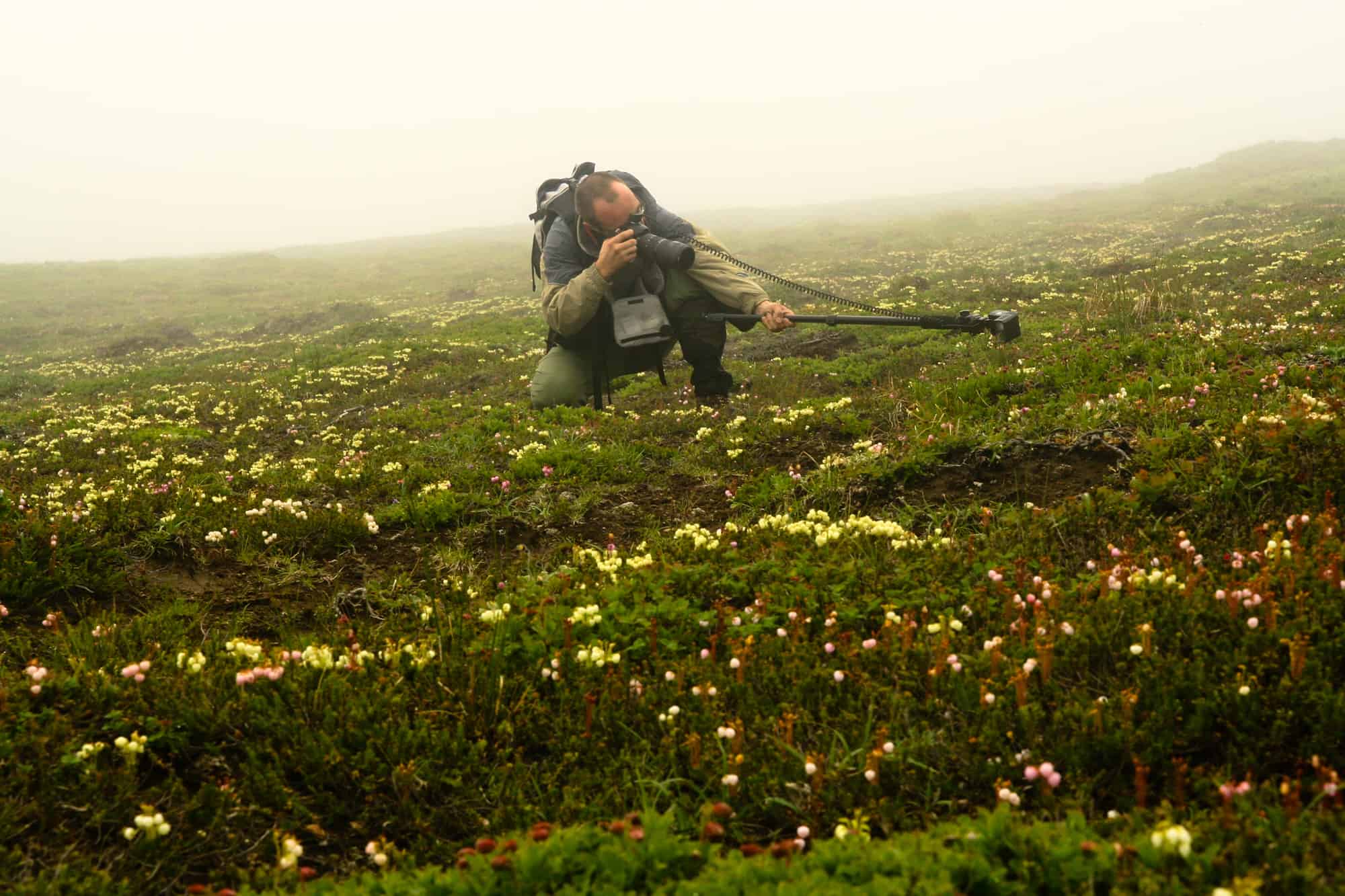
Light stands
A light stand is a tripod for external flashes. Having a speedlight installed on your camera is not a universal decision for your photography. It is direct even when you use a diffuser. If you want to control the lighting of a scene you shoot, consider investing into a couple of light-weighted, yet reliable light stands. This will allow you to work with background lighting unlike lighting a scene with a flash from the foreground.
Light modifiers and diffusers
Just like with other gear you include in your on-location lighting kit, it should be lightweight, compact, and portable. Luckily, you don’t have to carry around a huge construction with you or create a DIY light diffuser at a location. There are so many different portable diffusers you can choose from these days. For instance, you can purchase a round light modifier that folds into a small pocket-sized bag.
Accessories
All of the above are highly recommended for an on-location photoshoot. But don’t forget about a bag to carry everything around. It should be something firm and reliable so that it isn’t suddenly torn. It’s perfect if a bag you use is suitable for heavyweights and have thick exteriors to protect your gear. In addition, you can include some extra equipment and accessories in your lighting kits. This can be a spare battery for the flash, a remote control, or a special colored flash gel.
Conclusion
A portable lighting kit is a great investment for most photography genres. Imagine you’re just starting your photography career and want to try out a variety of flashes and diffusers. So, you don’t need to buy the most expensive equipment. Many speedlights are moderately priced. You can find a really cheap and simple light modifier that will work for your needs. If you are not so sure yet about genres you want to specialize in, opting for more cost-effective equipment is a reasonable idea.
